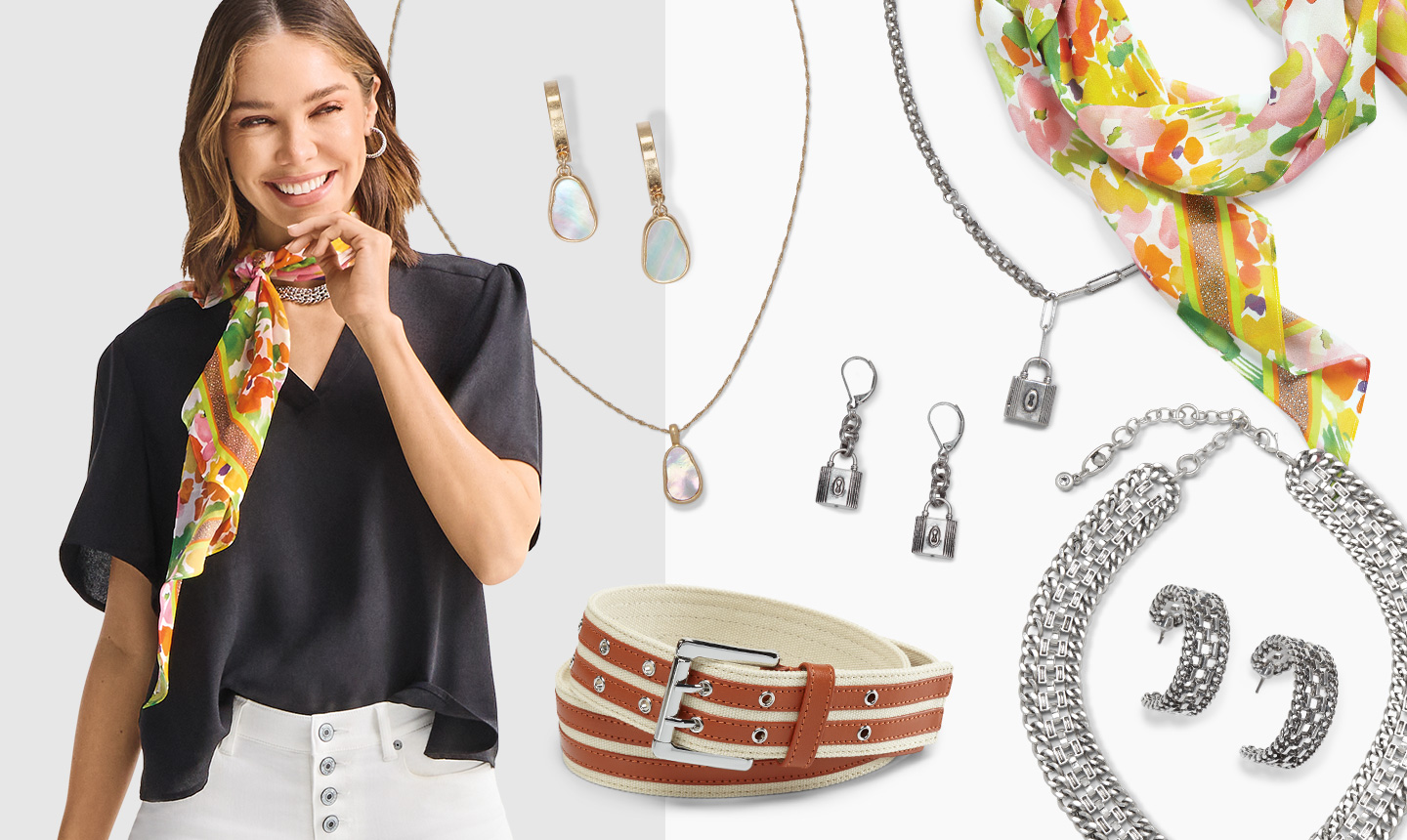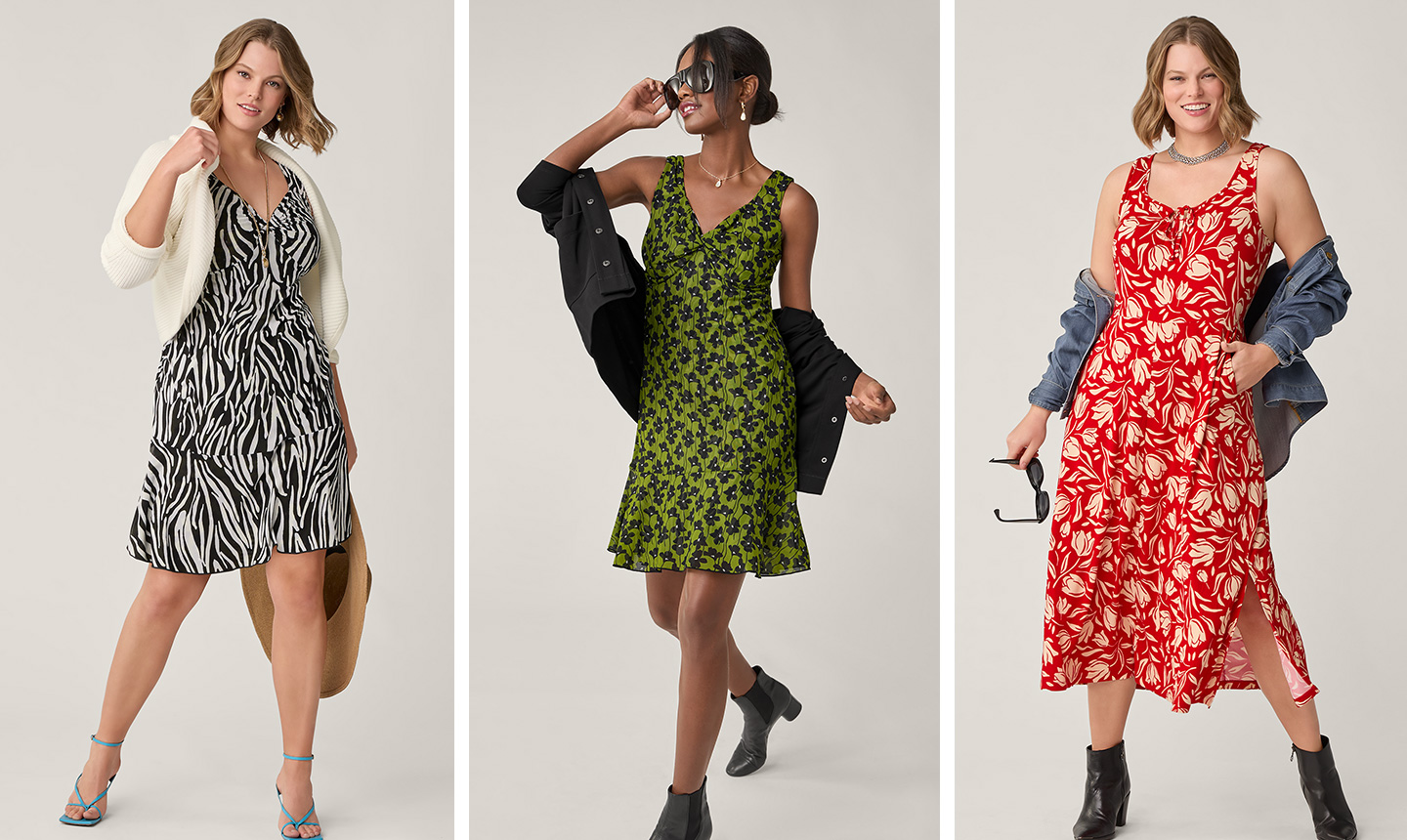Do you love following the latest fashion trends? Do you find fulfillment in watching what major designers are putting out each season, predicting what will be popular next season, and combining trends with your own unique sense of style? Are your friends always asking you to help them put together looks for important events, business luncheons, or other important dates? If you answered “yes” to any of these questions, a career as a personal Stylist might be right for you.
Personal Stylists are fashion professionals who work with individual clients to help them develop their own unique sense of style and feel amazing in their day-to-day lives. They might help clients choose outfits for particular events based on their unique features, or they may need more long-term assistance building a wardrobe that fits their lifestyle needs. Stylists help everyday men and women gain the confidence they need to chase after their goals, and they earn commissions doing something they love. Stylists also get the benefits that come with a lifestyle in the fashion industry, including invitations to exclusive events, early access to new designs and style reveals, and connections with other creative professionals.
If you’ve ever thought about the idea of becoming a personal Stylist, it can be helpful to create a roadmap toward your future goals. Here’s how to become a personal Stylist and how to expand your brand once you’ve established a niche for yourself.
Step 1: earn a degree in fashion design or merchandising
If you’re dreaming of a career as a personal Stylist, fashion merchandising is an ideal college major. When you pursue a degree in fashion merchandising, you’ll take courses that will help you in the competitive fashion industry. Some examples of major fashion merchandising courses include the following.
- Business management: Stylists are salespeople, and a fashion merchandising degree will help you to sell not only your services and business but your identity as you build a book or work. It will also help you manage the financial side of your business by budgeting and investing efficiently.
- Color and fashion theory: Fashion Stylists must know how to combine cuts, colors, and pieces to work with the needs of each client. Style and art theory classes make up a large core of a fashion merchandising degree.
- Advertising and marketing: As a business owner, knowing how to market your services is essential. A degree in fashion merchandising will help you get started establishing yourself in the industry and building a book or work immediately after graduation.
While having a degree in fashion merchandising will help you gain an edge in the personal styling realm, it’s not a necessity to start a career as a Stylist. For example, cabi Stylists are not required to have a bachelor’s degree, which can make our space a great place to begin your career if a trip back to college isn’t in the cards right now.
Step 2: gain experience
After you’ve gotten a formal education or done your own independent research on the fashion industry, it’s time to gain some firsthand experience. If you live in a major city (like New York, Chicago, or Los Angeles), you may be able to gain an internship with a fashion label or merchandising brand. However, if you live in a more secluded area, you may also be able to start gaining experience by working with a marketing agency that has fashion brands as clients. You can also begin by getting to know the retail side of the business by working at a department store.
You can also start getting experience working for an online internship or apprenticeship. In light of the current COVID-19 pandemic, more and more companies are outsourcing basic personal management jobs, apprenticeships, and internship opportunities. Explore remote work and connections using sites like Indeed and Career Builder.
It can also be helpful to find a mentor to guide you on your path, especially in the early years of your career. Explore professional development summits and seminars near you to learn more about what’s going on in the industry. Reaching out to local business owners or professionals who are working in the field you want to work in can also be an excellent way to make connections, build your brand, and get a firsthand look at the inside of the fashion industry.
Step 3: build your portfolio
Showcasing your work is an essential part of building your brand as a personal Stylist and attracting new clients. As you gain more experience, you’ll want to create a portfolio of work you’ve completed or achievements you’re proud of. Some examples of items you might want to include in your portfolio are:
- Photographs of clients at events where you’ve styled them
- Sales figures that demonstrate your success as a representative or showcasing new collections
- Sketches or photos of sales displays you’ve put into place or designed for a client
As a new personal Stylist, you may want to connect with others in the industry to gain a little experience and items to add to your portfolio. For example, if a local musician is going to be appearing at an event, you may want to reach out to them and offer to provide free or discounted personal styling services in exchange for permission to use their photos in your book.
In addition to building your portfolio, networking with other industry professionals is key to success as a personal Stylist. Maintain a Rolodex of connections with related professionals you regularly work with, like hairstylists, fashion designers, and interior design experts to refer clients to as needed. You’ll be surprised at how often others will return the favor once they know you’re working to build connections.
Step 4: develop your brand
In the first few years of your career, it’s normal to work with a range of clients to see what works best with your unique personality and sense of style. As you get more experience, you may want to hone in on a specific niche of the styling market to more effectively market your services and meet clients you know you can help. Define your target market by first thinking about your ideal client.
When you think about what types of clients you want to work with, you might want to consider:
- Gender and age specialties
- Color palettes and patterns you like to work with and whom they look best on
- Specialty groups (mothers, pregnant women, plus sizes, etc.)
Next, define your values as a brand. Do you focus on providing luxe, exclusive pieces for high-profile clients? Or do you prefer to work with more clients one-on-one to provide individualized experiences for everyday professionals? Think about both your ideal client and your mission as a personal brand when you develop your marketing strategy.
Step 5: market yourself
You’ve gotten experience in the marketplace, you’ve developed a vision for your brand, and you’re ready to continue expanding your book or work. The next step is to market yourself as much as possible by getting out there in your local community and online.
Social media is an amazing tool you can use to showcase your work online and connect with other industry professionals. If you don’t already have a social media account on major networks, you can use the following ideas to begin marketing your services.
- YouTube: YouTube is a long-form video platform site that’s ideal for helping to explain more complicated fashion topics. Create a video showcasing the behind-the-scenes of a day at the job or an inside look at how you develop a look for a client, or provide new Stylists with tips on their own educational or internship journey. If your following is significant enough, you may even be able to supplement your Stylist income with advertising revenue from subscribers.
- Instagram and Pinterest: Instagram and Pinterest both center largely around photo content. Use your accounts on both of these websites as a personal portfolio, showing off photos from events you attend or style for. A few great shots show potential clients that they too can have a glamorous experience when they work with you.
- Email: Good old-fashioned email lists are still an effective way to market your services, especially when used in conjunction with a personal website. Update your blog regularly with engaging content, and send out email blasts each time you post a new article or have a special on services.
After you have your personal website up and running, make sure it has all of the contact information clients need to get in touch with you.
Key Takeaways
A career as a personal Stylist can be fun, rewarding, and exciting. Starting your career begins with researching the industry, getting an education, and connecting with other industry professionals to gain experience. After establishing yourself, expand your online brand by establishing your niche and appealing to a more select base of clients. To get started, you may want to research the many benefits of becoming a cabi Stylist.



